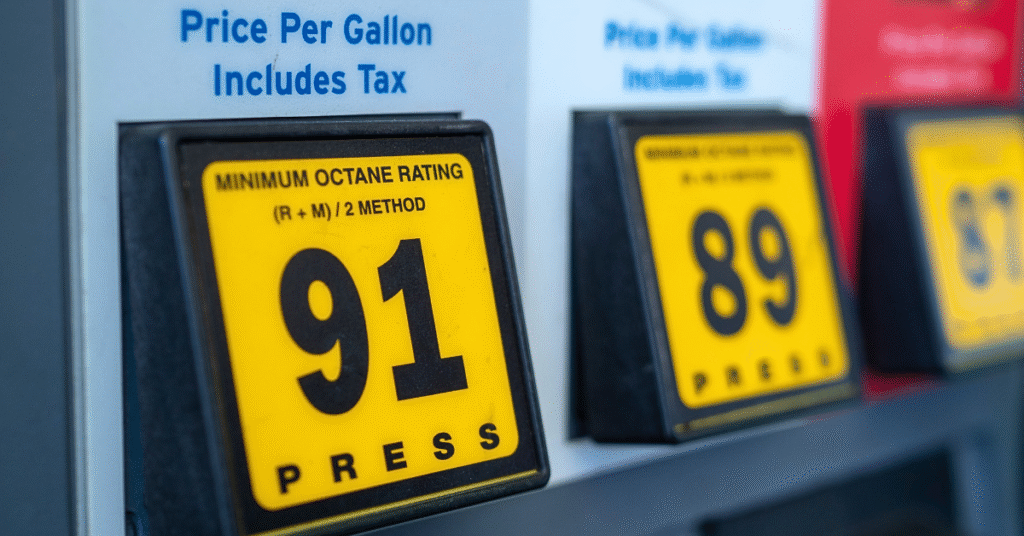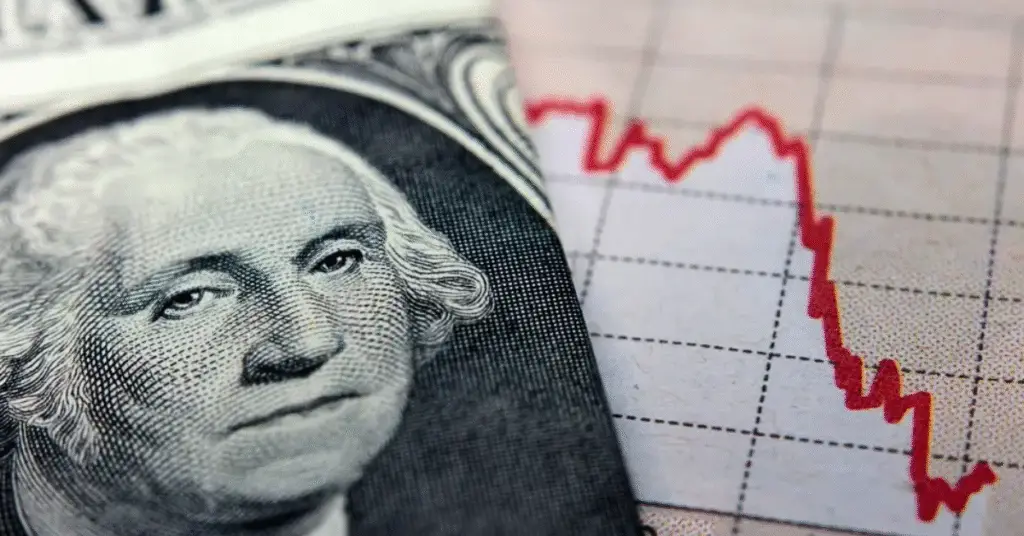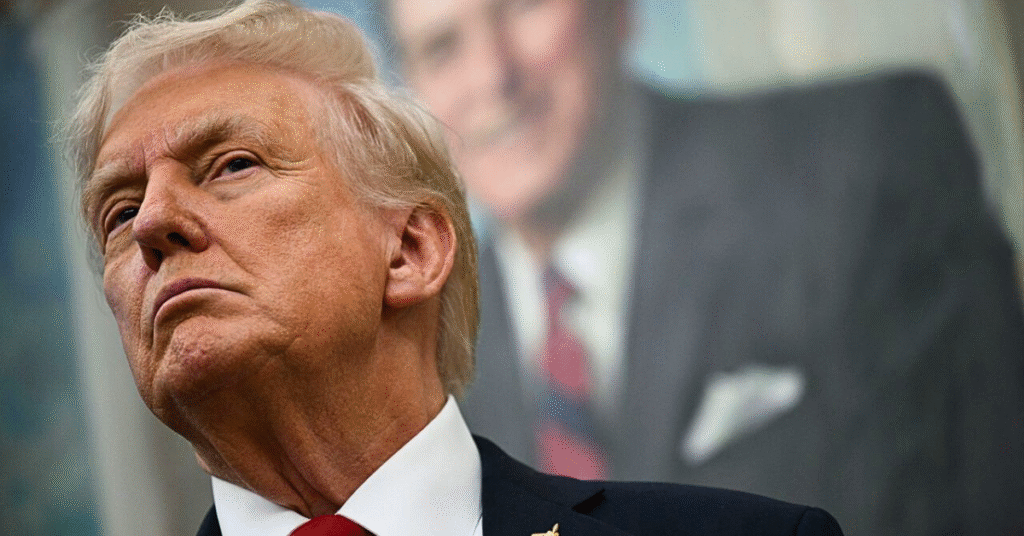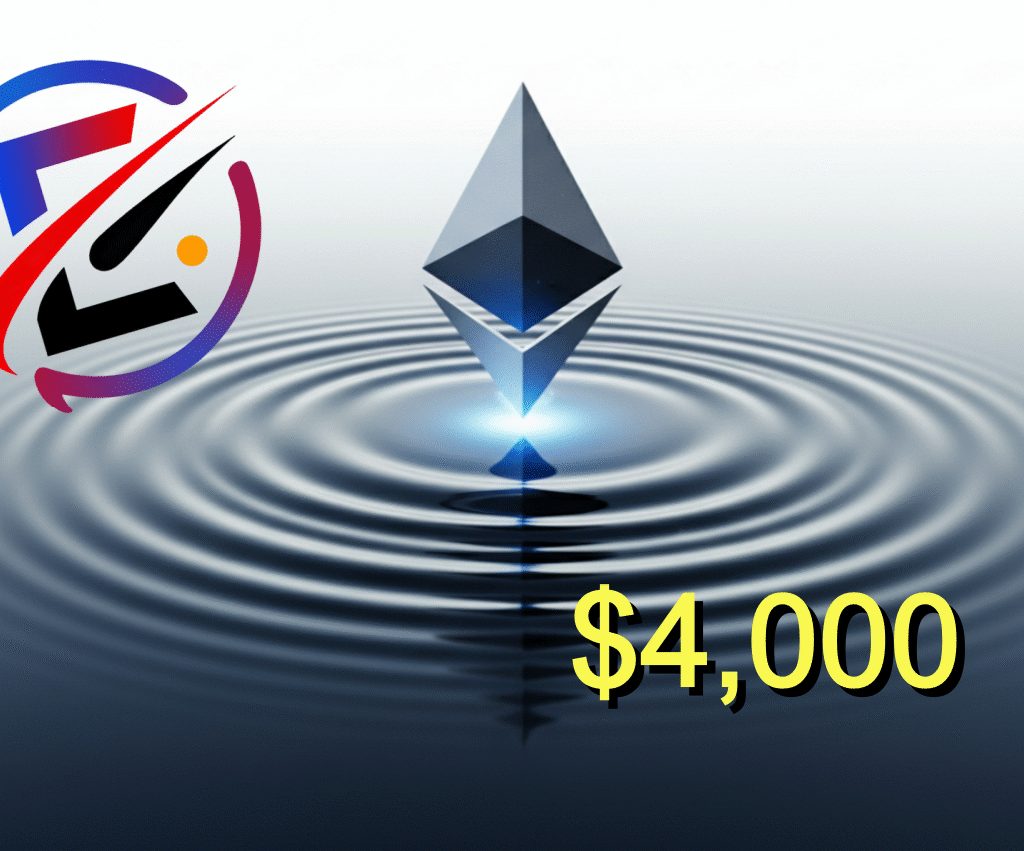- 64% of American workers now live paycheck to paycheck, up sharply from 46% two years ago, driven by rising costs outpacing wages.
- Lower-income households suffer most—wage stagnation and resurgent inflation deepen a K-shaped split, weakening broad consumer spending despite affluent resilience.
In an economy that feels like it’s pulling in two directions at once, a growing number of everyday workers are finding it tougher than ever to stretch their earnings from one payday to the next.
Fresh data reveals that 64% of American workers are now living paycheck to paycheck—a sharp jump from just 46% two years ago.
This surge comes as inflation creeps back up, hiring slows to a crawl, and layoffs ripple through industries, leaving many families wondering how they’ll cover the basics, let alone holiday extras.
The FrankNez Media Daily Briefing newsletter provides all the news you need to start your day. Sign up here.
The numbers paint a stark picture of financial strain that’s hitting hardest at the lower end of the income ladder.
Details of the U.S. Economy Report

According to a recent survey by ADP, the payroll giant, this 64% figure marks a troubling escalation in worker vulnerability.
It’s a far cry from the relative stability seen in 2023, when ADP partnered with Visa for a similar study that pegged the rate at 46%.
nWhat’s driving this? Everyday costs—from groceries and utilities to childcare and homeownership—are climbing faster than paychecks can keep up.
Bank of America’s latest analysis shows that among lower-income households—where necessity spending eats up more than 95% of income—the share scraping by paycheck to paycheck has ticked up to 29% this year, from 28.6% in 2024 and 27% back in 2023.
Economists aren’t mincing words about the root causes.
“Inflation is picking back up again, and cost increases are picking back up again,” says Joe Wadford, an economist at the Bank of America Institute.
“That’s definitely going to put some renewed pressure on those households. The gap between their wages and expenses has just continued to widen since the beginning of the year.
When the cost of living is increasing 3 percent but your wages are only increasing 1 percent, you’re just going to really struggle to keep up.”
Wadford’s point hits home for millions: wages for the lowest-earning quartile have stagnated dramatically this year, even as overall economic indicators flash mixed signals.
The Effect on the American People

This isn’t just about numbers on a spreadsheet—it’s reshaping how people live and shop. Consumer spending, which powers about 70% of U.S. economic activity, is starting to show cracks.
Surveys indicate widespread pessimism, with more Americans voicing fears about their personal finances and the broader economy.
A slowdown in private-sector hiring, coupled with the early waves of layoffs at major companies, has only amplified the anxiety.
For lower-income families, resurgent inflation on essentials like beef, coffee, and even toys is turning what should be a joyful holiday season into a budgeting nightmare.
Enter the “K-shaped” recovery—or, more pessimistically, the K-shaped economy.
It’s a term that’s gained traction among experts to describe how fortunes are diverging sharply along income lines.
While poorer households cling to month-to-month survival, higher earners are riding high on stock market booms, AI-driven investments, and asset gains.
Who’s Affected the Most?
Apollo’s chief economist, Torsten Sløk, recently highlighted Federal Reserve data showing wage growth flatlining for low earners while surging for top brackets, calling it clear evidence of this growing divide.
Şebnem Kalemli-Özcan, an economics professor at Brown University, puts it bluntly: “We see strong investment and consumption growth driven by the stock market, driven by AI investment and all that. But at the same time, we see labor market weakening.
We see poor households living month to month on their paychecks.”
In this setup, the top 10% of earners now shoulder more than half of all U.S. consumer spending—a resilience that’s keeping luxury sectors humming even as tariffs and price hikes loom.
As the holidays approach, this split could spell trouble for retailers who rely on middle- and lower-income shoppers.
Consumer behavior expert Melissa Bridgeford, CEO of Wizard, warns that “low-income consumers are heading into the holidays under real financial strain.
Inflation has continued to hit everyday essentials, and even toy prices are up. After this year’s tariffs, families already stretched by the higher cost of living will now have to spend more for the same gifts.”
On the flip side, she notes, “Higher-income consumers are expected to spend steadily through the holiday season.
The top 10 percent of earners now drive roughly half of total U.S. consumer spending, and luxury spending has remained resilient despite tariffs and higher prices.
So, the holiday market may look stable overall, but the strength will likely come from affluent shoppers, not from the average household, where budgets are under pressure.”
President Donald Trump Weighs In
President Donald Trump has moved to address some of these pressures, announcing steps like rolling back tariffs on staples such as beef, coffee, and bananas to ease grocery bills.
He’s also floated ideas like a $2,000 “tariff dividend” for households and even 50-year mortgages to make homeownership more accessible.
Whether these measures will bridge the widening gap remains to be seen, but for now, they’re a glimmer of potential relief in an otherwise tightening squeeze.
This trend isn’t isolated—it’s a reminder that beneath the headlines of economic growth, millions are quietly rationing their way through the month.
As we head into 2026, watch for how these pressures play out in spending habits and job markets.
Could a broader slowdown be on the horizon, or will the K-shape deepen?
The data suggests the latter, unless something shifts soon.
Also Read: A DOJ Whistleblower Now Makes Revelation That Undermines the Judicial System’s Integrity











